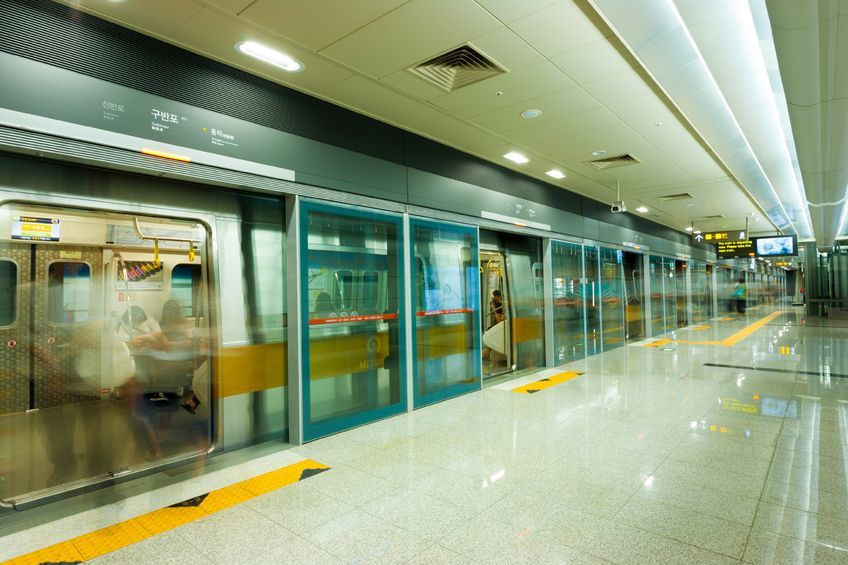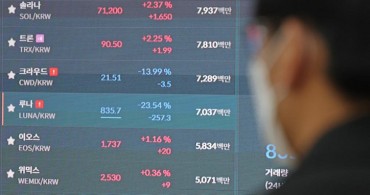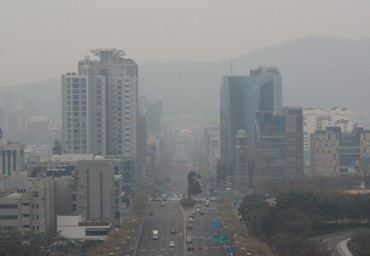
The report said that if each station was equipped with a groundwater heat pump system that uses a stable heat source such as underground water that averages around 15 degrees Celsius, it could save up to 50 percent of energy required for cooling, and 78 percent for heating. (image: KobizMedia/ Korea Bizwire)
SEOUL, Aug. 8 (Korea Bizwire) – Seoul boasts one the most complex subway systems in the world, and its massive underground transportation network is also a vast source of underground water.
According to a recent energy policy report from Seoul city’s auditing committee, a daily average of 68,000m3 of groundwater is discharged from 253 subway stations in and around the capital. Yet, the report went on to criticize authorities, saying that despite it being an excellent natural resource for cooling and heating, the stations are failing to make use of the water’s full potential.
In fact, on a daily basis, 53,000m3 of groundwater was discharged into the city’s streams as an environmental protection measure while 13,000m3 was sent to sewage treatment plants and “wasted” without being used in any way. Only 2 percent, or 1,300m3, was used for road cleaning, public parks, station restrooms, or other public restrooms in the city.
The report said that if each station was equipped with a groundwater heat pump system that uses a stable heat source such as underground water that averages around 15 degrees Celsius, it could save up to 50 percent of energy required for cooling, and 78 percent for heating. The researchers emphasized that using 1,000m3 of water being discharged, unused, from just 20 stations in the city could result in savings of up to 13.7 billion won ($12.3 million) in energy costs annually.
Currently, only two stations in Seoul use underground water for heating and cooling: Gireum Station on Line 4, and Korea University Station on Line 6.
In the case of Gireum Station, almost 50 percent of annual energy costs (41 million won) have been saved since groundwater started to be used for cooling during the summertime of 2014.
The current groundwater law obliges stations with over 300m3 of water discharge to devise measures for the water’s use. Seoul’s ‘2015 Groundwater Management Plan’ also acknowledged that using 150m3 of daily ground water as a heat source could save energy costs by at least 50 percent.
Yet, the auditing committee denounced the minimal efforts being made by the metropolitan government, and Seoul Metro and Seoul Metropolitan Rapid Transit Corporation (SMRTC), the two companies responsible for the maintenance of eight subway lines in the capital, and demanded that they “establish detailed execution plans for using discharged subway groundwater as an energy source.”
Following the report’s criticism, the city government revealed that it “will cooperate with Seoul Metro and the SMRTC to develop plans to use the water from 63 stations with over 450m3 of groundwater discharge every day.”
By Lina Jang (linajang@koreabizwire.com)






